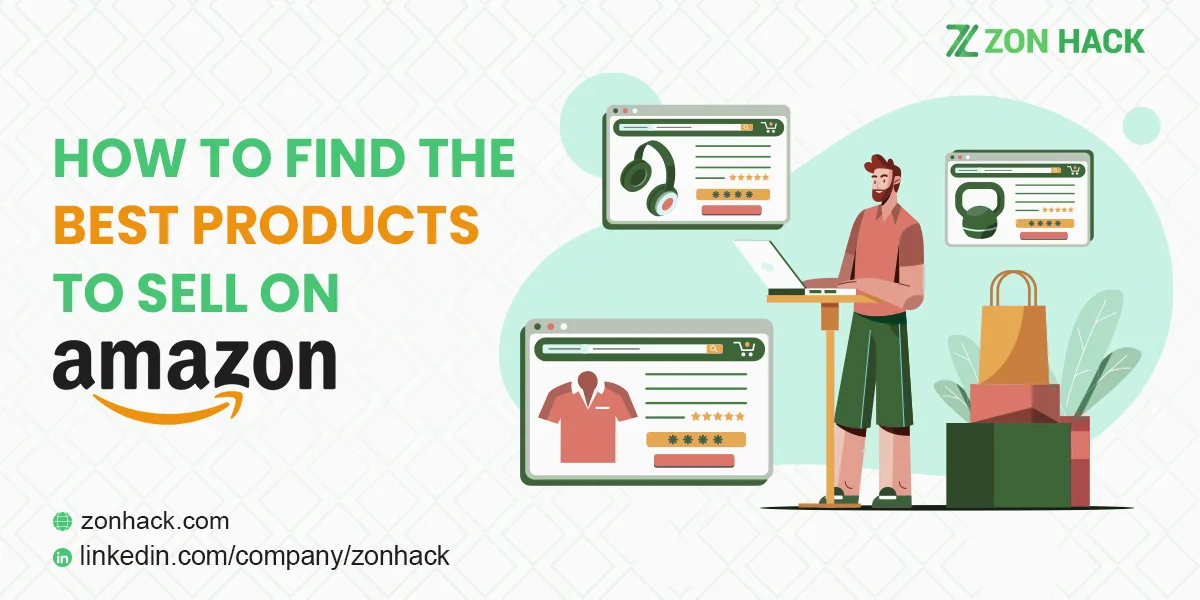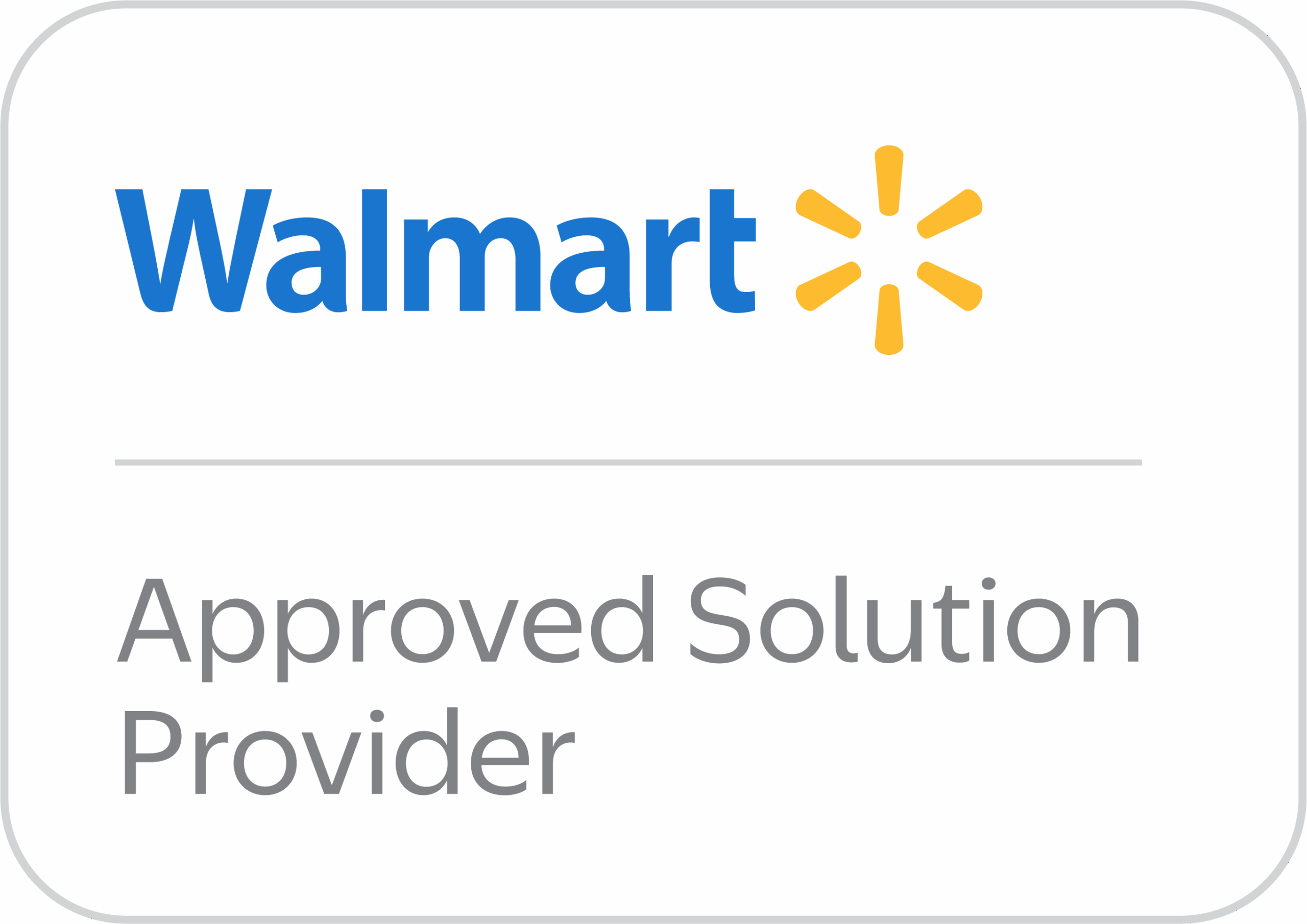Undoubtedly, selling on Amazon is an excellent and lucrative online business idea, regardless of your expertise or understanding of how digital business works, whether you are a beginner or a seasoned internet marketer. With Amazon having over fifty percent (50%) eCommerce market share, if you want to sell anything online, Amazon should top your consideration list. However, the big question is, what are the best products to sell on Amazon?
While some sellers say private label products offer high profitability, some are of opposite opinions. Albeit, this article explores the various ways to find the best products to sell on Amazon.
So, you want to know how to find the best products to sell on Amazon?
Research is essential when finding profitable products on Amazon, including checking Google (plus other marketplaces) trends, analyzing competition and demand levels with product research tools, and examining Amazon’s bestseller ranks.
Finding good products to sell on Amazon can be inarguably challenging. Nonetheless, this guide has comprehensively demystified the process, helping sellers get started with selling on Amazon.
Is Selling on Amazon Worth it?
Are you contemplating becoming an Amazon FBA seller? Are you still unsure whether it is the right step to take? It should interest you to know that in 2020, Amazon recorded over $75 billion as revenue, with over 50% of the revenue coming via third-party sellers.
Without gainsaying, you wouldn’t want the exciting opportunities provided by Amazon to elude you. As a seller on Amazon, you automatically gain access to building your eCommerce business off the excellent trust level already built between Amazon and their customers.
Whether you are an established brand or a new online retailer, to make more sales on Amazon, you must ensure you are selling the right products. Product research is essential for every Amazon seller. Failure to make deep data-driven market research before choosing a product to sell is a concise way of setting yourself up for failure, making all your pricing and marketing strategies becoming fruitless.
Albeit, before deep-diving into the top ways to find the best products to sell on Amazon, let us first examine the characteristics every good product should possess.
Characteristics of Good Products on Amazon
1. Selling price between 25 USD and 50 USD
Zon Hack’s experts explain that products whose prices ranging from $25 to $50 are perfect for retail, as it is easy to cater for any costs, including Amazon fees and advertising costs. Anything lower than $25 may result in underpricing; products with prices higher than $50 may be seen as overpriced items. This may cause a reduced product reach and conversion rate.
2. Low Seasonality
You should prioritize selling products that are sellable all year-round instead of products that sell in selective seasonal periods. Use Google Trend Report to detect the seasonality of products by integrating it as a Chrome Extension.
- Lesser reviews. Less than 150 reviews are just perfect!
- Lightweight and as small as possible
- Products that leave room for improvement.
- Easy and straightforward to manufacture.
How to Find the Best Products to Sell on Amazon
So far, we have examined the various reasons to become an Amazon seller, plus created an insight into the kind of product you should seek to sell on the marketplace. Moving ahead, let us comprehensively examine each of the strategies outlined below to learn more on how to find the best products to sell on Amazon.
1. Amazon Best Sellers
You can use the comprehensive customer-based data provided by Amazon themselves to influence your decision-making process when choosing what you can sell on Amazon. Invest your time, analyzing the Amazon Best Sellers section to have a detailed rating of the product. Amazon Best Sellers are rated solely on sales volume, which gives you an insight into the products customers are buying more, either from selected niches and sub-categories or general categories.
You may further your research, exploring Amazon’s Best Sellers Rank (BSR). This metric assigns value to products based on such products’ volume in a specific category, showing sellers where the products rank based on their sales. However, it is impossible to use BSR to directly indicate the sales potential of a product. Nonetheless, you can explore it to gain insight, generating insight on your potential daily sales.
While using the Amazon Best Sellers section to find the best products to sell on Amazon, ensure you put the category’s size into consideration. Of course, the Best Sellers Rank metrics offer workable data to sellers; however, understand that these data (ranking) is relative, depending on the products’ category.
Besides, it is somewhat challenging to compare how a product ranks across categories because of the distinct factors and patterns characterized with each category on Amazon. Nevertheless, to calculate the percentage rank of a product in a particular category, search ‘[]’ in such a category to know the exact number of products in that category.
Prioritize products that rank top 10% in a category, especially if the volume of the products of such a category is large.
2. Keyword Research
After effectively utilizing the rich customer-based data offered by Amazon themselves, as explained above, you should consider following your garnered insights with comprehensive keyword research, considering both Amazon and Google.
Several product research tools exist. However, the success of your keyword research depends on the type of research tool you are using. Using the right keyword research tool helps a great deal in long-term and effective eCommerce strategy.
Keyword research tools that have shown excellent track records are:
- ZonHack.com
- Jungle Scout
- Amazon
- Ahref
3. Product Reviews
So far, you must have identified the product market you are venturing into, plus an extensive range of products in mind. The next step to narrow your options is to examine the reviews of those products for more insights.
First, consider the review volume. Products with several hundred (up to a thousand or more) reviews indicate an over-saturated niche. On the contrary, products with extremely low or no reviews at all may mean lack or inadequate demand. Your translation of these situations plays a significant role in your decision-making process.
If done appropriately, you can garner plenty of valuable information from product reviews on Amazon, including information on market gaps, advantages and disadvantages of a product, limitation of products, etc. Utilize this free customer-oriented data to gain an edge over your competitors.
4. Pinterest
You can find great products to sell on Amazon on Pinterest, too! Although a social media platform, Pinterest offers several tons of find pinned product photos accessible by the general public. Often than not, you will find pictures of products that catch your interest, including the brand name and other essential information.
Products with more pins are typically trending online. This means more online users are searching to buy such products. Check out the product on Amazon to see if it’s sold there. If it is, examine the Amazon market using the steps mentioned earlier to determine how such a product is faring on Amazon.
Pinterest is also an excellent means of finding private-label products to sell on Amazon. Thankfully, it is a huge opportunity to venture into products that are trending on Pinterest but not available on Amazon.
5. Explore other Marketplaces
Of course, Amazon is not the only marketplace available online. There are a few other top eCommerce stores, including AliExpress, eBay, and Alibaba. Explore these stores, have a look at their trends to identify products that are performing exceptionally in terms of sales volume.
For instance, eBay features the “Popular Categories” section; Alibaba has the “What’s Trending Now” section, and so on.
6. Have a list of items that pass your requirements
While examining the Amazon Best Sellers section, identifying products that are listed therein, checking out trends across the internet, such as Pinterest, and exploring other top marketplaces, such as eBay and AliExpress, in search of products you can sell, ensure you have a list of items that catch you fancy and meet your requirements.
7. Find and explore market gaps.
There are various means of finding market gaps on Amazon.
You can identify Amazon’s market gaps via a simple organic search. For instance, a search of “men jeans” may provide over 150,000 results; however, searching “men blue jeans” may provide just 50,000 results, or thereabout. This way, you would see the gap between both markets and find a way to explore it.
Similarly, you can identify market gaps by narrowing your product search, finding a place to make better impacts on Amazon. Using the example above, the search results explain that several persons are selling men’s jeans; however, just a smaller percentage of these sellers actually sell color blue jeans. You can filter your search during your research process in the same vein, examining the market using size, color, style, and others.
You can also find a market gap by reading customer reviews of products in your chosen niche. Reading through customer feedback will help you identify customers’ pain points and where the present products aren’t satisfying their needs. You can use this information to improve your products, earning an edge over other competitors.
Best Amazon Keyword Tools & Services for Sellers
Below are the best tools to explore when conducting an Amazon Keyword Research:
1. ZonHack.com
Zon Hack offers weekly data-oriented product research reports to their users, providing insights on the best products to sell on Amazon, cut across several major categories. Zon Hack offers data-driven, brand-centric, manual research to users, helping them identify manufacturer trends, product trends alongside other essential trends needed to find the best Amazon product to sell.
This service isn’t free but affordable. Check out ZonHack at www.zonhack.com.
2. Jungle Scout
Jungle Scout is another keyword research tool that helps sellers to identify product opportunities on Amazon. They offer detailed insights, featuring search and sales volume, competition level, etc. Jungle Scout also provides a Google Chrome Extension for users, which enables them to analyze other marketplaces effortlessly.
Jungle Scout is also not a free service but relatively expensive. You can check them out on https://www.junglescout.com/.
3. Ahrefs
Ahrefs is yet another top keyword research tool that comes in handy when finding the best products to sell on Amazon. Used by major SEO agencies and professionals, Ahrefs helps in identifying keyword opportunities, competition level, customized keyword searches, and so on. Ahrefs are also a great option to identify the demand level of Amazon products.
This tool is subscription-based and may not be suitable for startup or small-scale Amazon sellers. You can check them out on https://ahrefs.com/.
4. Amazon
You can also conduct manual keyword research on Amazon using the search feature included in the marketplace. Explore the various steps to find the best Amazon products to sell examined above to know how to use the Amazon keyword research tool.
With a single search on Amazon, you can identify several products you can sell, including the search volume of such products. However, the data offered are usually raw and somewhat ambiguous.
5. Keyword Inspector
This tool exposes its users to various keyword research options, including the Indexation Tester that helps in optimizing products to reach your target audience, Trending Keyword Search that allows you to identify new keywords daily and weekly.
Keyword Inspector isn’t free either: users either subscribe (monthly) or buy credits on their website. Visit Keyword Inspector on https://www.keywordinspector.com/.
Other keyword research tools you can use to find the best products to sell on Amazon include:
- Sonar (free Amazon keyword research tool)
- SellerApp
- Keyword Tool
- Sellics
Conclusion
Without gainsaying, a proven strategy, proper tools, and intentional efforts are all you need to find the best product to sell on Amazon. The keyword research tools examined in this article are also instrumental in helping you achieve your goal.
Typically, it isn’t a complicated process as popularly purported. Painstakingly follow the steps discussed in this article to identify your first sellable product on Amazon, ultimately building a successful eCommerce business.




